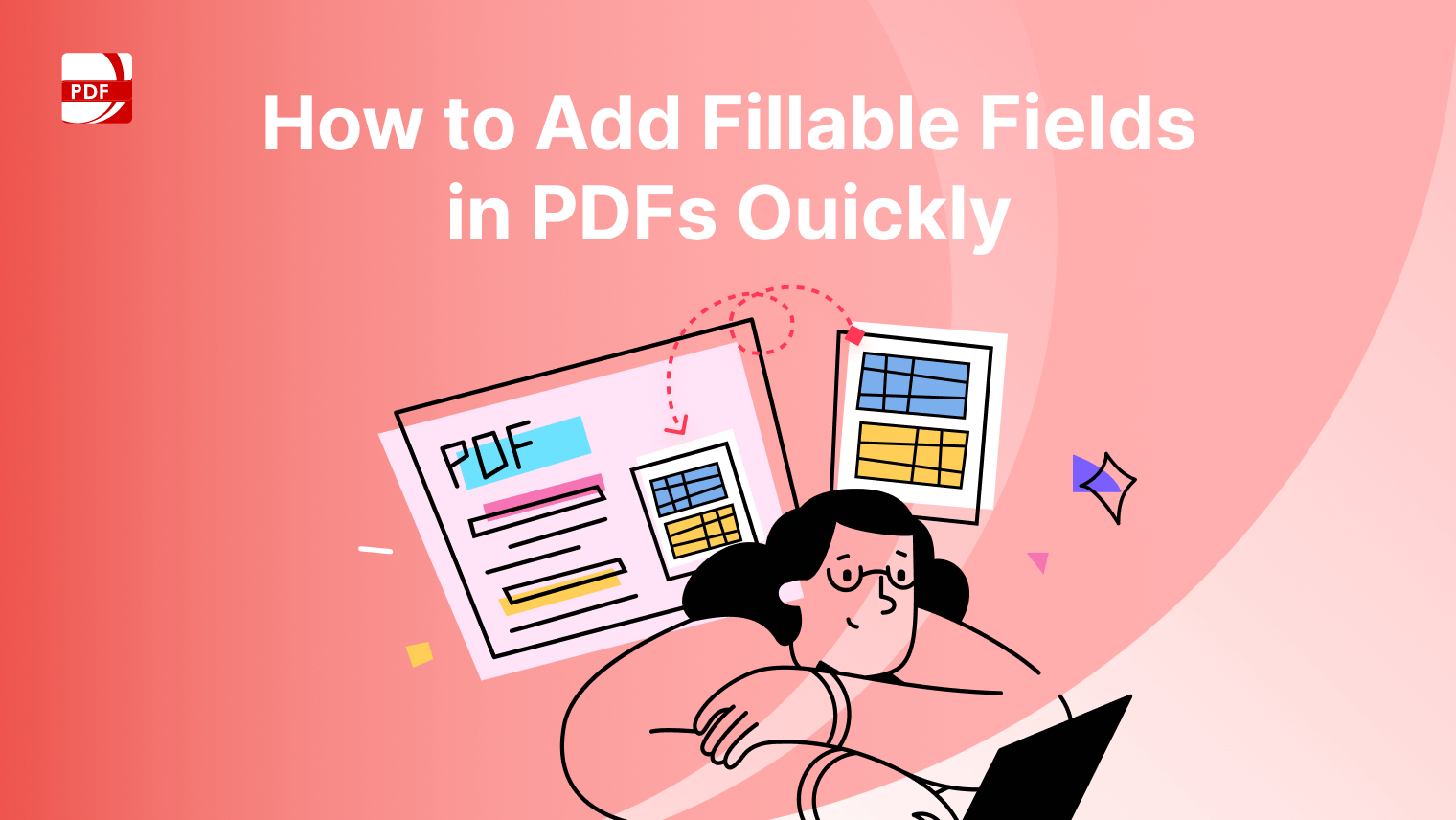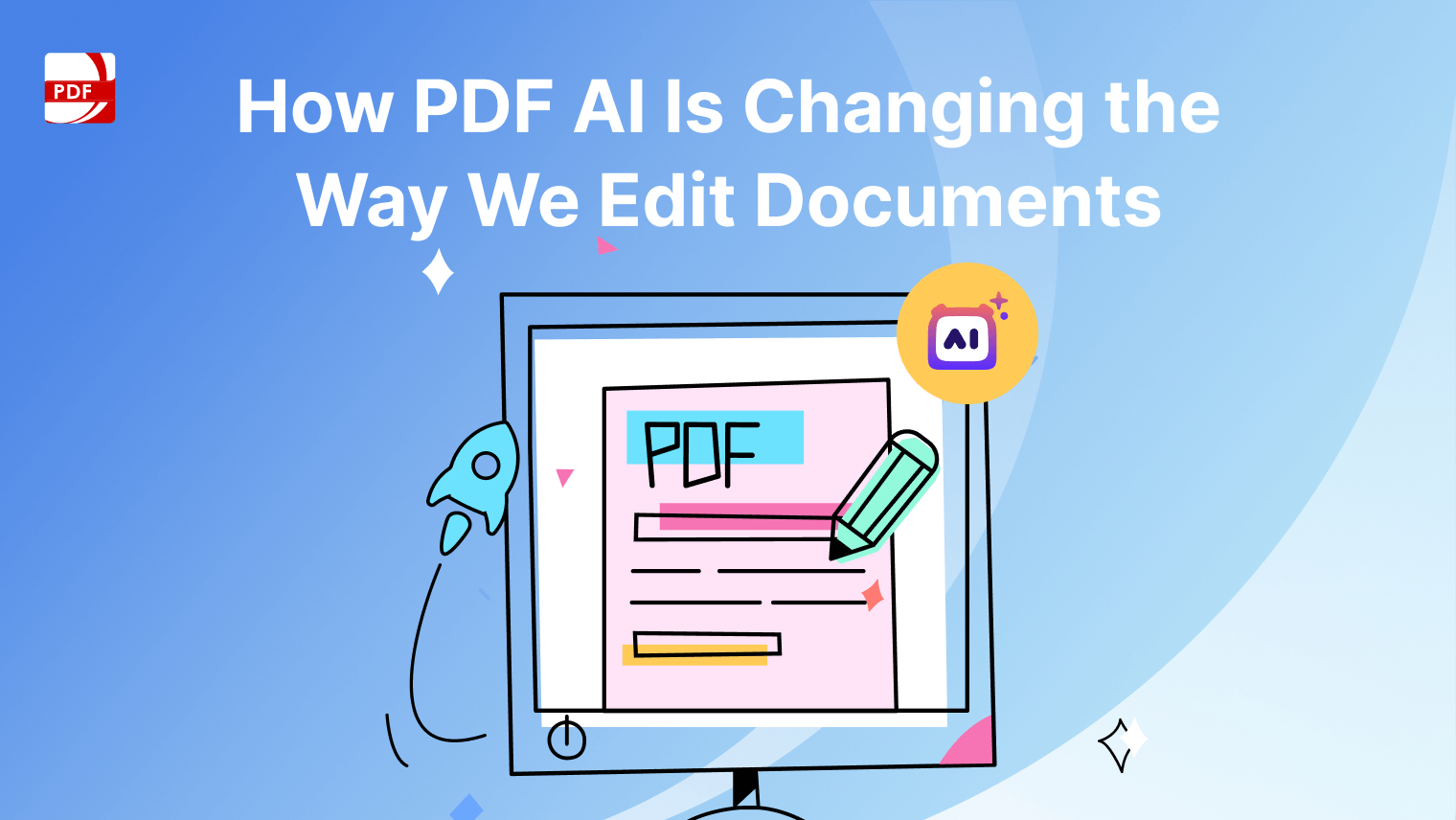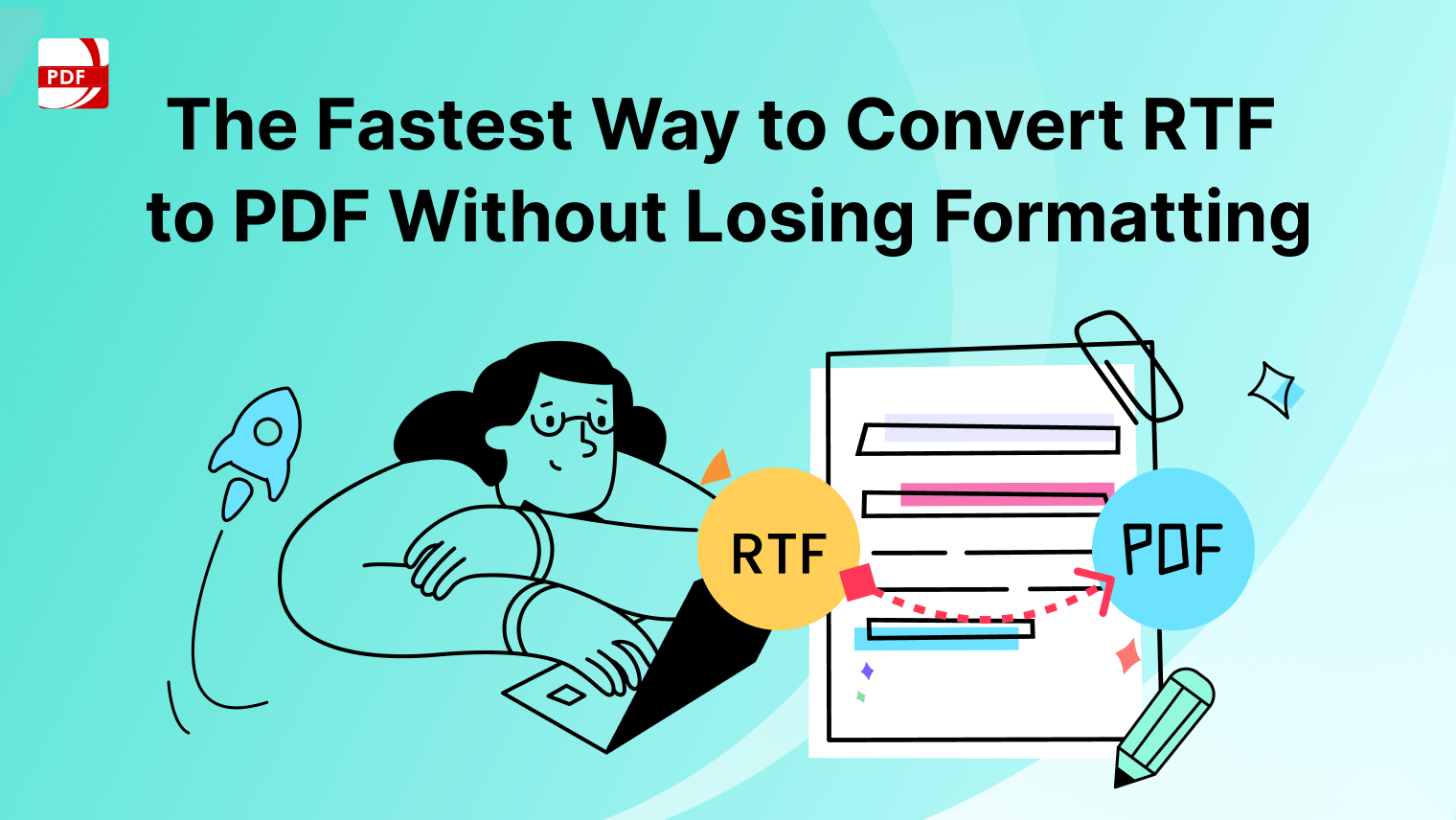Creating a purchase order is crucial to business transactions, ensuring a smooth and organized procurement process. From choosing the right accounting software to privacy preferences, our blog has all the answers.
Understanding Standard Purchase Orders
A standard purchase order is a legally-binding document issued by a buyer to a seller, specifying the details of a transaction. It serves as an official record of the agreed-upon terms, creating a contractual relationship between the two parties.
Key Components of a Purchase Order
From shipping addresses to purchase order forms, here are some key components of a purchase order form:
1. Payment Terms
Clearly define the terms of payment to avoid any misunderstandings. Include details such as due dates, payment methods, and any applicable discounts.
2. Shipping and Billing Addresses
Specify the precise addresses for shipping and billing. Accurate addresses ensure that products reach the right destination, and invoices are sent to the correct party.
3. Legal Protections
A purchase order serves as a legal document, offering protections for both the buyer and the seller. It outlines the rights and obligations of each party, reducing the risk of disputes.
4. Purchase Order Process
Understanding the purchase order process is crucial. From requisition to approval, tracking the steps involved ensures a streamlined workflow.
5. Purchase Requisition
Before creating a purchase order, a purchase requisition is typically submitted. This internal document outlines the need for a purchase and seeks approval.
Discover the essentials of writing a buyout agreement with our step-by-step guide to secure a fair and clear deal.
Different Types of Purchase Orders
There are many different types of purchase orders including:
1. Blanket Purchase Orders
Used for repetitive purchases of specific goods or services over a set period, providing flexibility and efficiency.
2. Contract Purchase Orders
Establish long-term agreements with suppliers for recurring deliveries, often involving negotiated terms and conditions.
3. Electronic Purchase Orders
Utilize technology for a more efficient and automated procurement process, reducing manual tasks and enhancing accuracy.
How to Fill in a Form with PDF Reader Pro
Watch this handy video to learn how to fill in nearly any form using PDF Reader Pro's intuitive interface:
How to Download PDF Reader Pro
PDF Reader Pro is a robust and versatile application designed to meet your PDF file format needs with built-in features for viewing, editing, and merging. With a user-friendly interface and a range of powerful additional features, it stands out as a comprehensive solution for handling editable documents.
The simplest method to get PDF Reader Pro's key features is to click the download button below:
Benefits of Purchase Orders
Some benefits that are part of the purchasing process include:
-
Financial Audit: Facilitates financial audits by providing a clear record of transactions and expenditures.
-
Supplier Management: Streamlines relationships with suppliers by clarifying expectations and terms.
-
Inventory Management: Aids in managing inventory levels by providing accurate information on incoming products.
Learn the key steps to crafting a comprehensive bill of sale with our expert guide.
FAQs About Filling in Purchase Orders
Have questions about financial statements or purchase order approval? Peruse our FAQ section for more.
What is a Purchase Order (PO)?
A Purchase Order is a legally-binding document issued by a buyer to a seller, detailing the products or services to be purchased, along with terms and conditions.
Why is Filling in a Purchase Order Important?
Filling in a Purchase Order accurately is crucial for creating a clear record of the transaction, defining expectations, and establishing a legal agreement between the buyer and seller.
What Information Should Be Included in a Purchase Order?
A Purchase Order should include supplier details, product/service descriptions, quantities, unit prices, delivery terms, payment terms, and any other relevant terms and conditions.
How Can I Ensure Accuracy in a Purchase Order?
Use standardized templates, double-check quantities and prices, and involve relevant stakeholders in the approval process to ensure accuracy.
What is the Difference Between a Standard Purchase Order and a Blanket Purchase Order?
A standard purchase order is for one-time purchases, while a blanket purchase order covers repetitive purchases over a set period, offering flexibility for ongoing transactions.
How Do I Handle Changes to a Purchase Order?
Any changes to a purchase order should be communicated promptly. Depending on the nature of the change, a new purchase order or an amendment may be required.
What is the Purpose of Including Legal Protections in a Purchase Order?
Legal protections in a purchase order clarify the rights and obligations of both parties, reducing the risk of disputes and providing a basis for resolution in case of conflicts.
What Should I Consider When Specifying Payment Terms?
Payment terms should include due dates, accepted payment methods, any applicable discounts, and late payment penalties if relevant.
How Can I Track Purchase Orders Effectively?
Implement a systematic record-keeping system, utilize technology for tracking, and establish an internal approval process to track and manage purchase orders efficiently.
A well-crafted purchase order is an integral part of effective procurement processes. By understanding the different types, key components, and steps involved, businesses can ensure transparent and efficient transactions. Implementing standardized purchase orders contributes to smoother operations, legal protections, and improved supplier relationships.



